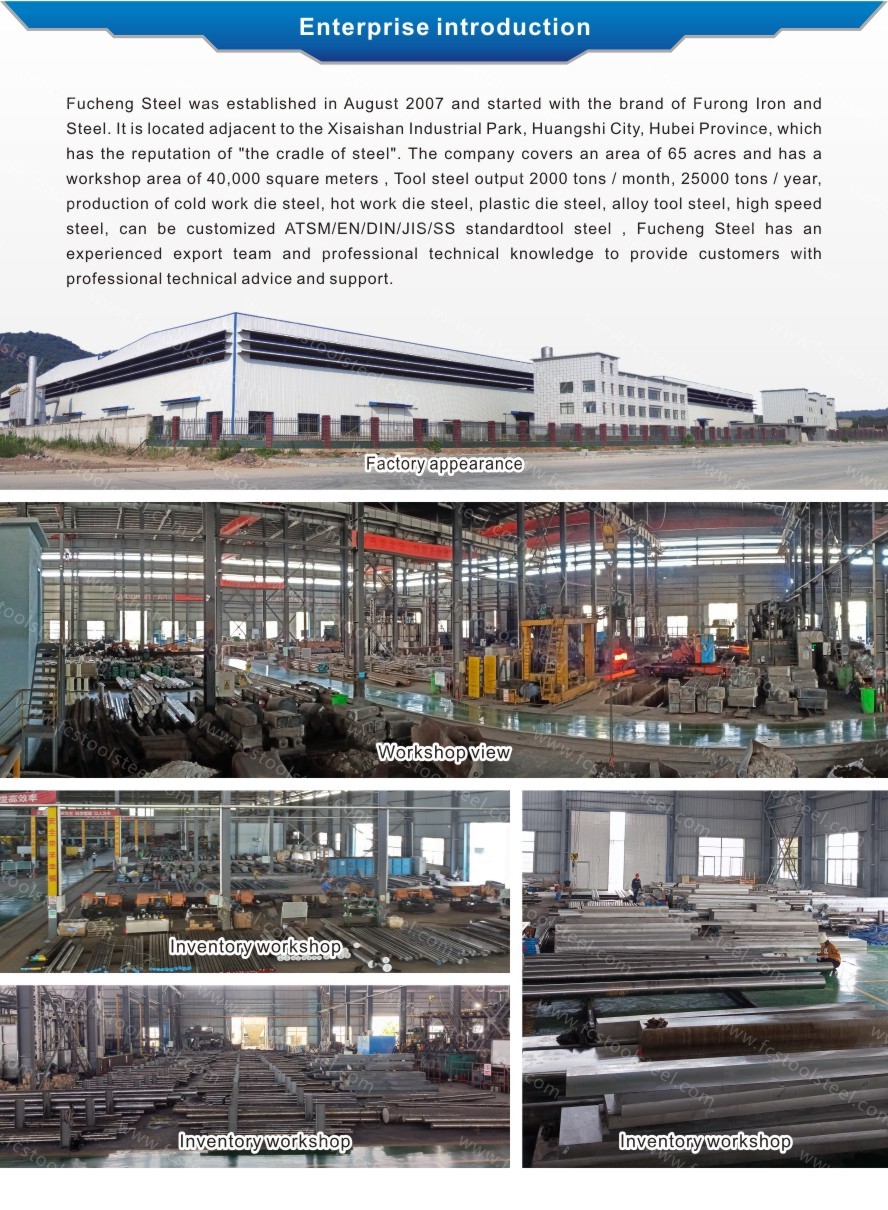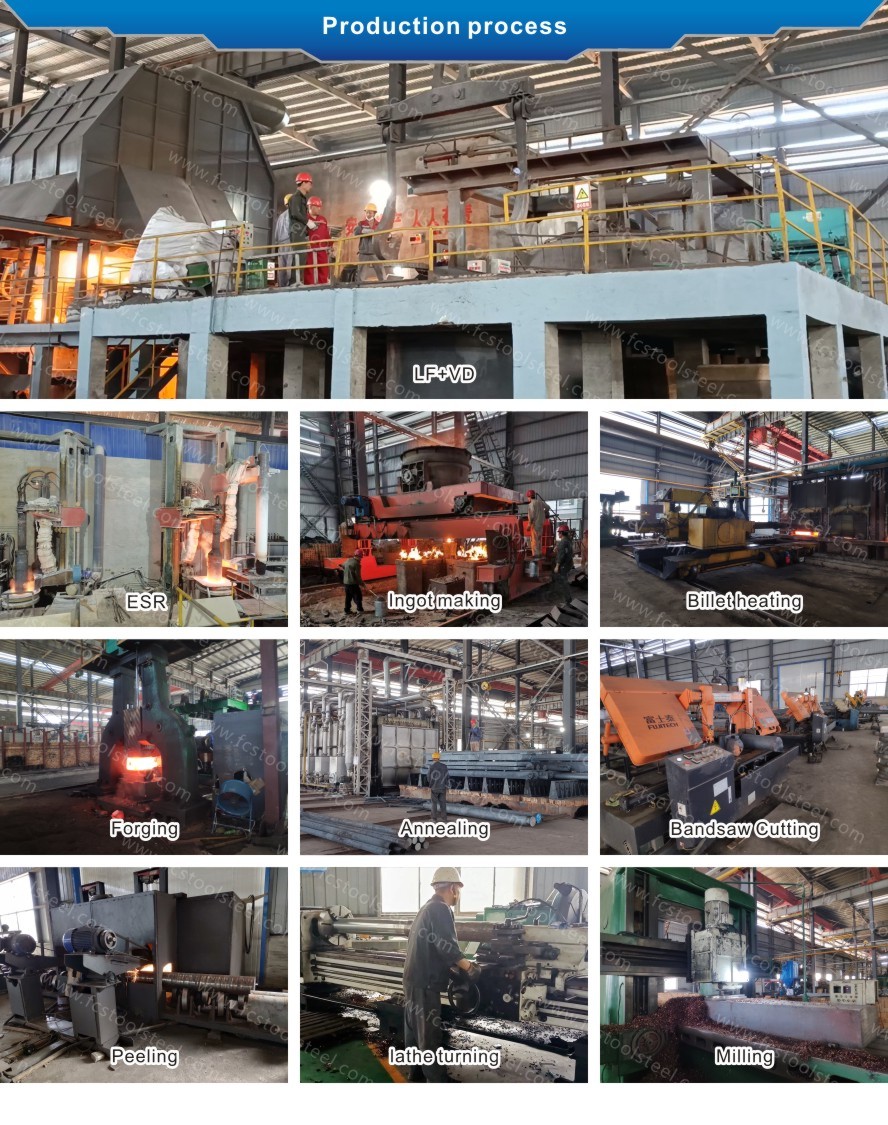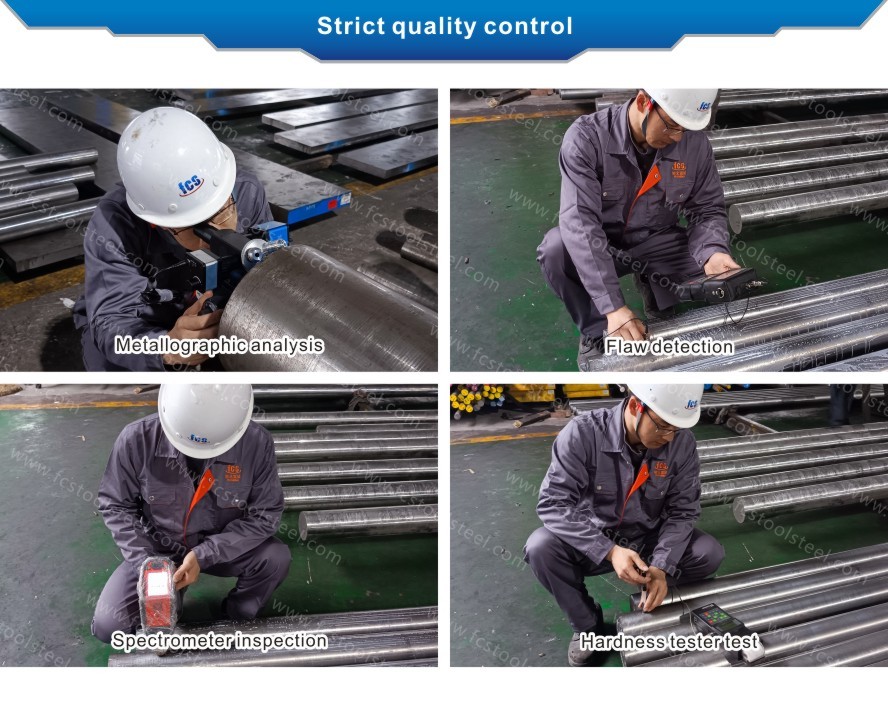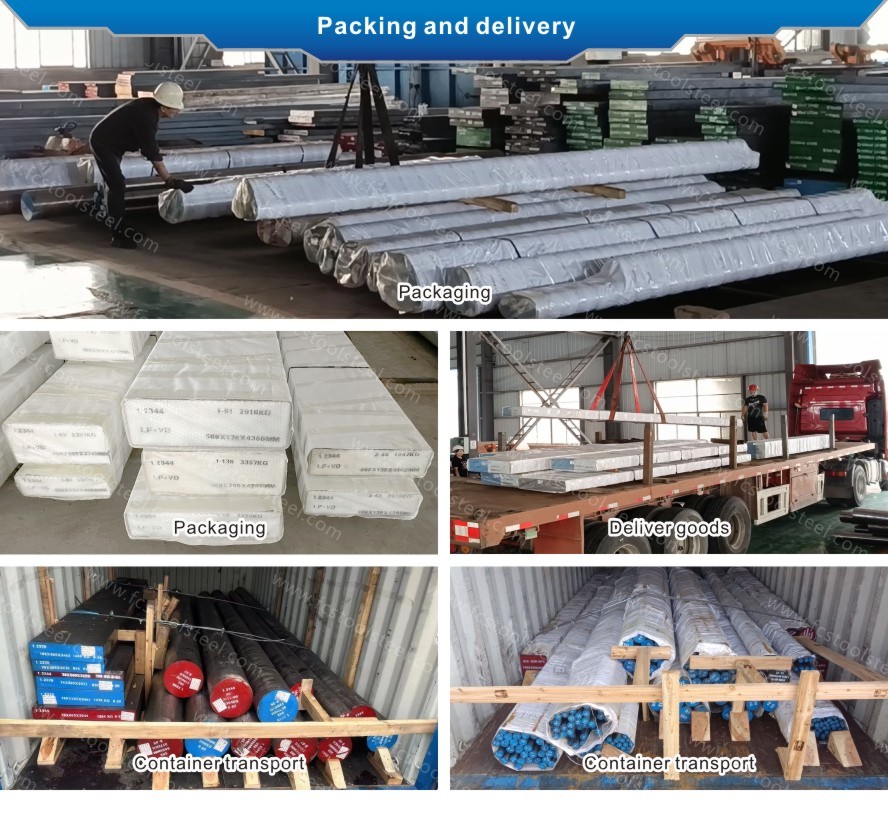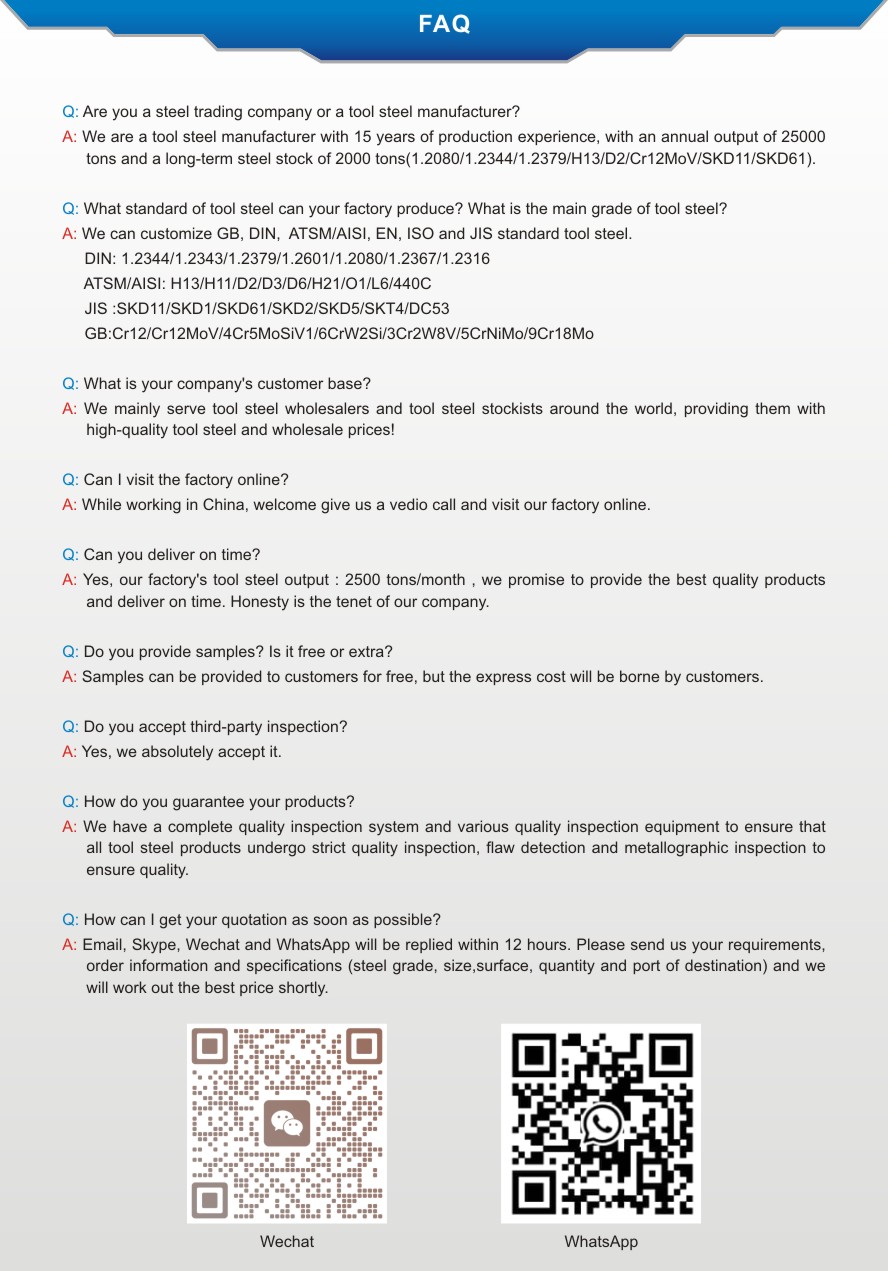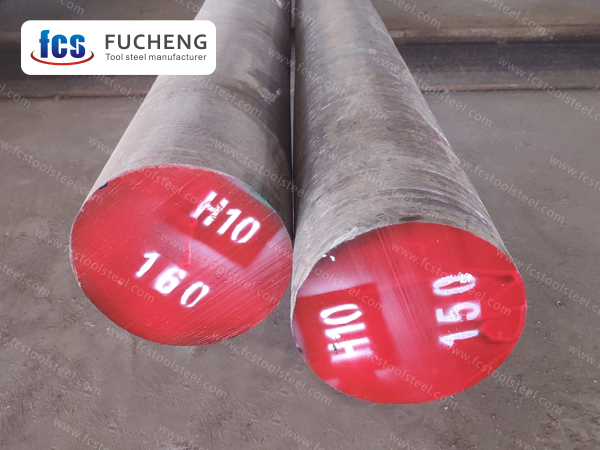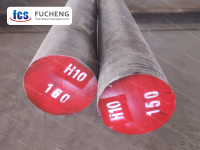
H10 Hot Work Tool Steel
As a high-performance hot work die steel, the core highlight of H10 steel lies in its excellent high-temperature strength and thermal fatigue resistance. H10 steel can maintain a hardness of over 85% at a high temperature of 500 ℃ through optimized alloy ratios (such as 3% Cr, 2-3% Mo, and vanadium elements), while also possessing excellent thermal shock resistance and toughness. H10 steel is particularly suitable for harsh working conditions such as aluminum alloy die-casting molds and hot forging molds, significantly extending mold life and reducing maintenance costs.
- fucheng steel
- China
- 1 Month
- 2000 Tons/Month
- Information
- Video
H10 TOOL STEEL
| Smelting and Manufacture Method: | LF+VD+Forged |
| Delivery Condition: | Annealed |
| Delivery hardness: | ≤229 HBS |
| UT Test Standard: | Sep 1921-84 Class3 D/d,E/e |
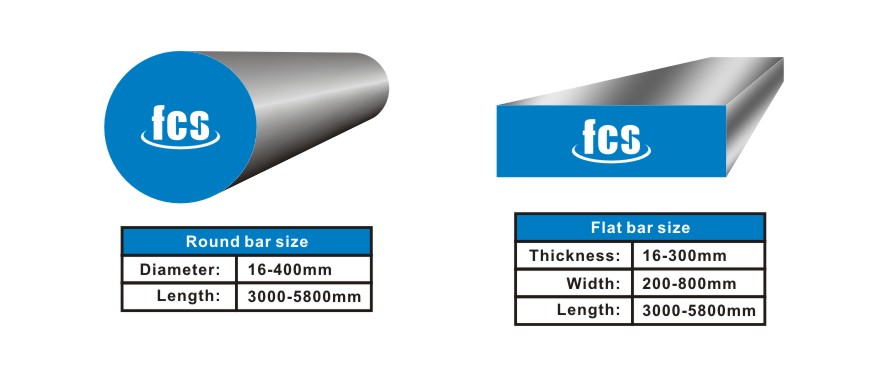
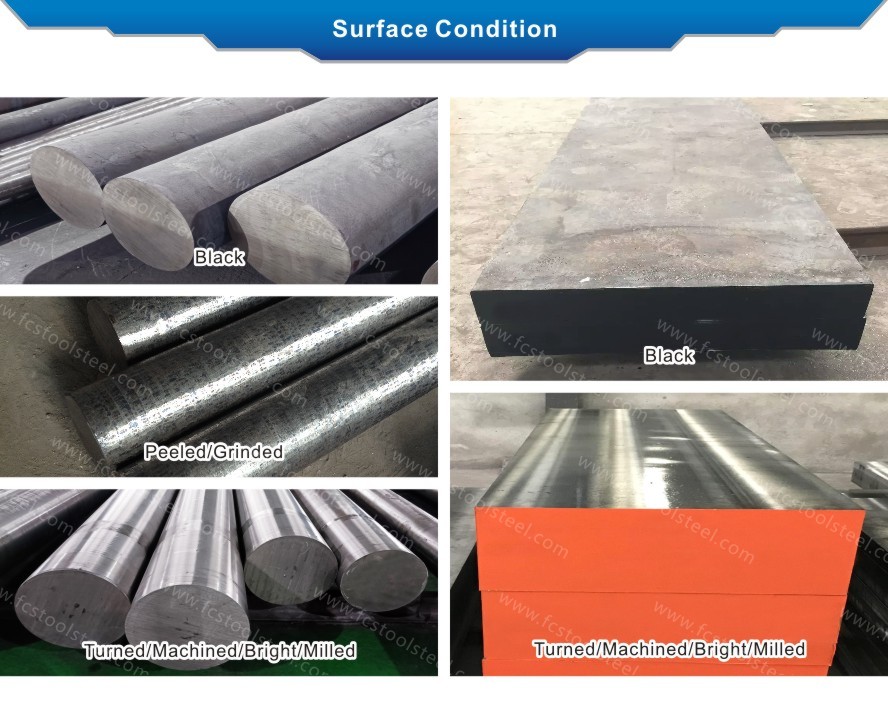
H10 STEEL GRADE COMPARISON AND CHEMICAL COMPOSITION COMPARISON
| Standard/Steel Grade | Chemical Composition(%) | ||||||
| C | Si | Mn | Cr | Mo | V | ||
| ASTM | H10 | 0.35~0.45 | 0.80~1.20 | 0.25~0.70 | 3.00~3.75 | 2.00~3.00 | 0.25~0.75 |
| GB | 4Cr3Mo3SiV | 0.35~0.45 | 0.80~1.20 | 0.25~0.70 | 3.00~3.75 | 2.00~3.00 | 0.25~0.75 |
APPLICATION
H10 tool steel can be used to make male and female dies with high stress under high temperature but not subject to impact load, such as concave and convex dies, inserts, copper alloy extrusion dies, die-casting dies, such as reverse extrusion dies, and hot metal cutters under high temperature.
H10 STEEL CHARACTERISTICS
H10 tool steel is a chromium hot work tool steel widely used as a hot work mold steel in the United States. This type of steel is mainly formed by reducing chromium content and increasing molybdenum content on the basis of 5% Cr series hot work mold steel. The toughness of H10 tool steel is not as good as that of 5% Cr series hot work mold steel, but it can be strongly cooled, making it an ideal choice for hot work mold steel.
H10 tool steel has excellent softening resistance, especially in high-temperature environments. Due to this characteristic, H10 tool steel can undergo heat treatment, making it harder than tungsten hot working steel while maintaining good toughness. In addition, H10 tool steel also exhibits good thermal fatigue properties. Unlike tungsten hot working steel, H10 hot working tool steel can be safely water-cooled during use.
H10 tool steel exhibits some unique physical properties. For example, its critical temperature is 1525 ° F. In addition, its linear expansion coefficients are 11.9x10- ^ 6K in the temperature range of 20~200 ℃, 20~400 ℃, 20~600 ℃, and 20~700 ℃, respectively- ¹、 12.4x10- ^ 6K- ¹、 13.2x10- ^ 6K- ¹ And 13.5x10 ^ 6K- ¹。
H10 tool steel has been widely used in the industry due to its excellent performance and diverse applications, such as steel for high pressure work tools, hot forging presses, copper, non ferrous metals, and pressure casting molds.
The softening resistance of H10 tool steel. In high-temperature environments, many steel materials may experience softening, which directly affects the service life and effectiveness of tools. However, H10 tool steel can maintain its hardness and strength at high temperatures, ensuring its excellent performance in high-temperature environments.
Another important characteristic of H10 tool steel is its excellent thermal fatigue properties. Continuous repeated work at high temperatures can cause fatigue cracks in the tool, affecting its service life. However, due to the good fatigue resistance of H10 tool steel, it can resist the generation of such fatigue cracks, thereby improving the service life of the tool.
The cooling capacity of H10 tool steel. Although its toughness is lower than that of 5% Cr based hot work mold steel, it can be improved by strong cooling. This allows H10 tool steel to maintain its hardness and wear resistance even after cooling, ensuring its stable performance in various working environments.
In addition to the above physical properties, H10 tool steel also has good process performance. For example, it can be cut, ground, and polished. In addition, its processing process is relatively simple, requiring only ordinary mechanical equipment to complete. This enables H10 tool steel to have higher efficiency and lower cost in the manufacturing process.
However, although H10 tool steel has many advantages, there are also some areas that need to be noted. For example, it cannot be welded because high temperatures can cause a decrease in its hardness and strength. In addition, it may experience deformation during the cooling process, so appropriate measures need to be taken to prevent this from happening.
Overall, H10 tool steel is a type of steel with excellent performance, both in terms of physical and technological properties. This makes it an ideal material for manufacturing various tools. However, we also need to pay attention to some of its limitations and issues in order to make correct choices and treatments in practical applications.
